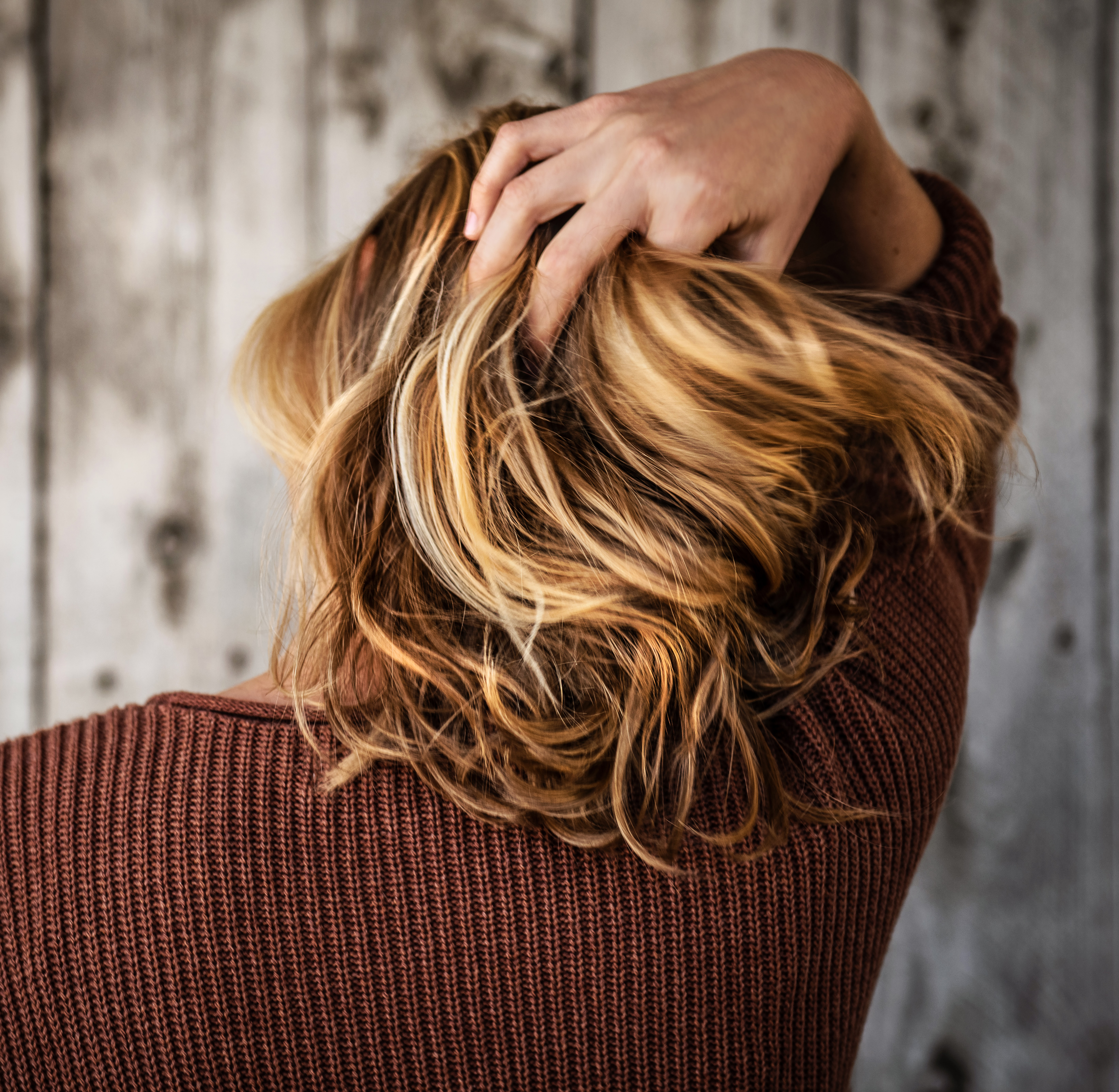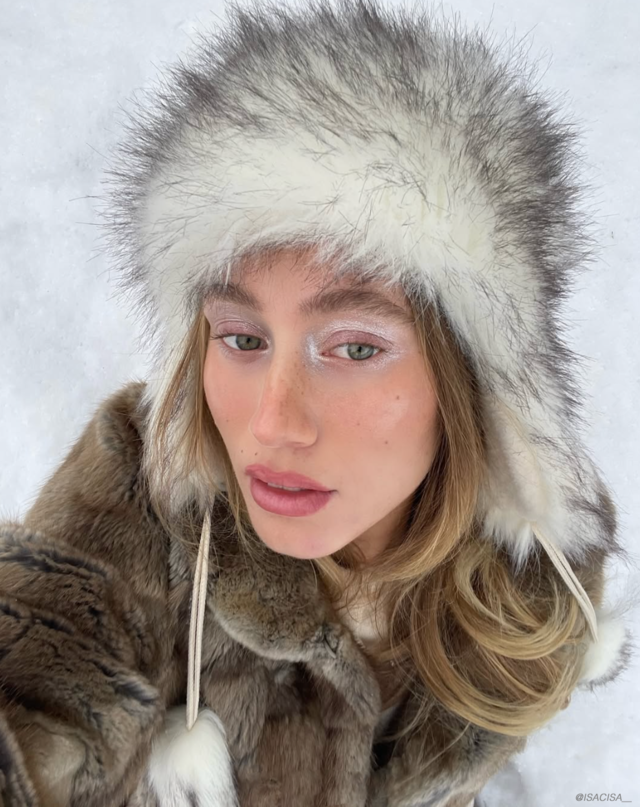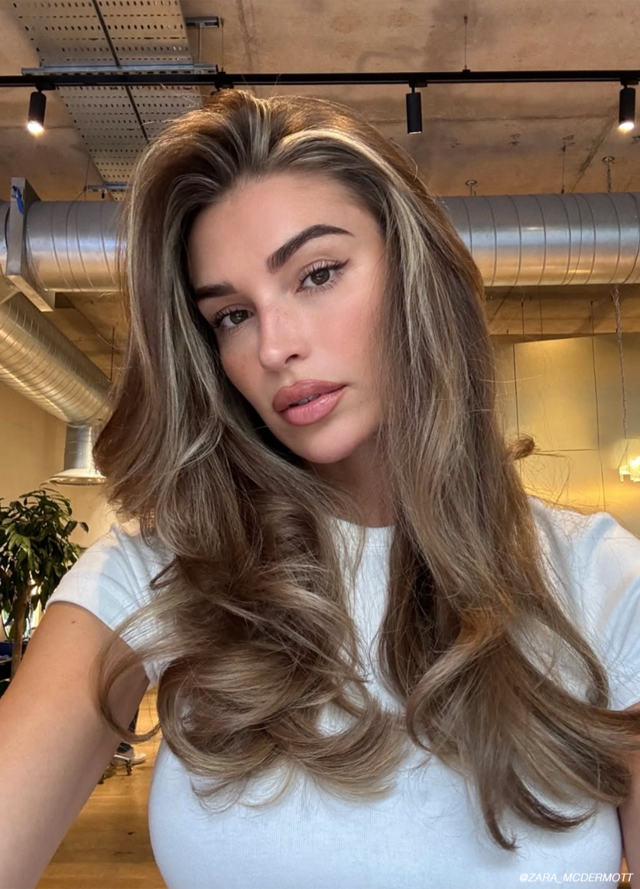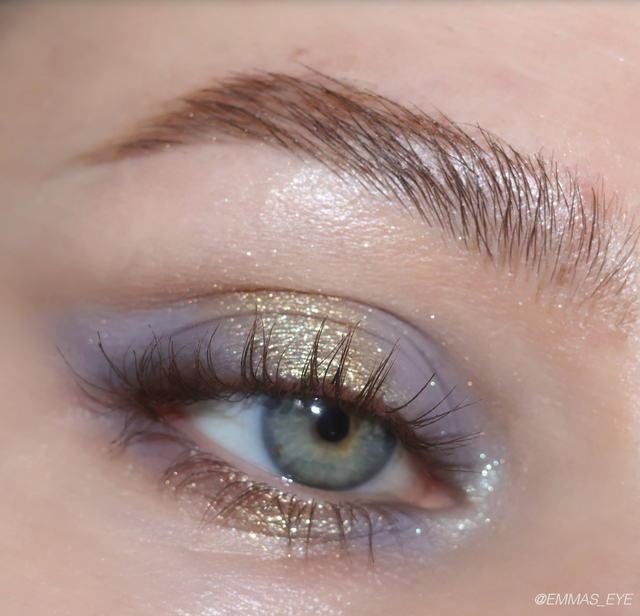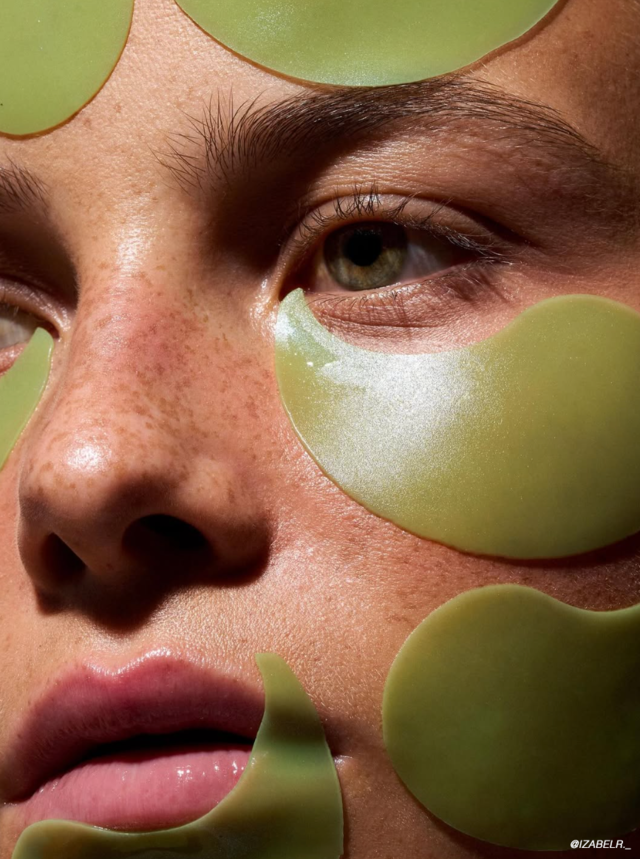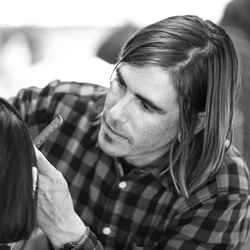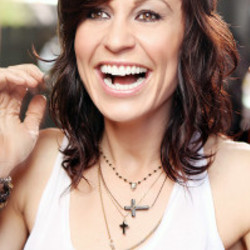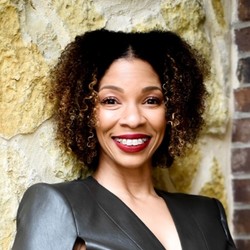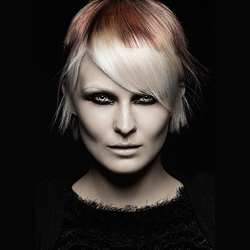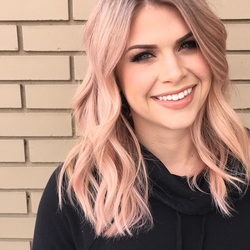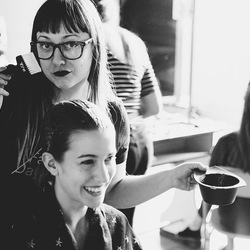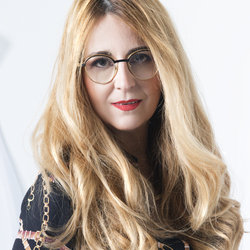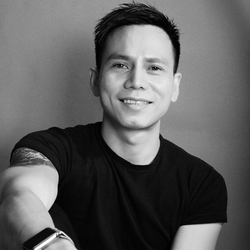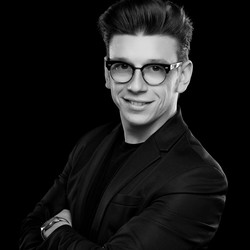Stylists: have you ever stopped to think about how many heads of hair you touch in a year? It’s pretty wild and gives us so much insight into hair health, the best products, and the best practices. Dry hair? We have a solution. Oily hair? We’ve got you! Blonde ambition? Let’s go for it. Hair loss? Well, let’s chat.
Hair loss is such a tricky subject. All clients regardless of gender are consistently aware of the thickness of their hair. As we age we naturally go through hormonal changes that contribute to hair loss, but since we are not medical professionals we have to approach this from a cosmetologist perspective. A good policy to have is that unless it’s a concerning amount – let your client bring it up first. Once they do, offer support and education, but hold back on medical advice. If and when it comes up, start by ruling out the most obvious culprits.
Damage
Is anything causing direct or indirect damage to the hair? From color to heat styling to excessive time in the pool. All chemicals outside of basic H2O cause slight shifts in the hair. Pressure on one area of the hair, such as that from a ponytail holder can also be a culprit.
Season
Some people say this doesn’t have a large impact on hair density, however, scientists have proven that hair is more likely to enter its dormant or shedding stage when subject to extreme heat. What does that mean? Well, a hair follicles life has three phases. A growing phase, a resting phase, and a dying phase. Usually out of the 100,000 hair follicles a person has on their head each is on a slightly different cycle which explains our daily light shedding. Occasionally these cycles sync up and we see an increased amount of shedding, growing, or lack of growth.
Scalp Health
When we have ruled out damage and seasonal shedding the next option is to do an informal scalp analysis. How do we do that? Have a client come in with their hair as it would naturally be on wash day and ask them not to brush for 24 hrs. Brush well and note the amount of shedding, next begin to take thin partings of the hair and document what you see. Is there oil? Build up? Dandruff? A rash-type formation? Offer an exfoliating scalp treatment and a deep conditioner then give a few suggestions for at-home maintenance. Some clients have great success with growth-stimulating shampoos and topical treatment but this all depends on whether their follicles are still active. In cases with patches of total hair loss, you should refer to a doctor immediately.
The Next Step
So, what happens when you’ve done all you can as a cosmetologist to address a client’s hair loss issue? It can be so tempting to exercise what we have learned in our years of doing hair and suggest vitamins, supplements, and dietary changes. However, it is neither ethical nor legal to encourage clients to purchase something without really knowing the root cause of their hair loss. Clients suffering from hair loss that is not manageable with standard salon services need to book an appointment with their primary care physician and likely a dermatologist or trichologist (the study of the hair and scalp). Hair loss could be an indicator of a hormonal imbalance, thyroid condition, autoimmune condition, or simply age-induced follicle death. A great trichologist will examine the scalp with a microscope, order a blood panel, and be able to recommend the best course of treatment.
*Please note: The information presented on the Site is in no way intended as medical advice or as a substitute for medical treatment. You should always consult with your physician or other health care professional before taking any medication or nutritional, herbal or homeopathic supplement, beginning any diet, nutrition or fitness plan or adopting any treatment for a health problem, whether offered on the Site or otherwise.
Written by: Nicoletta
